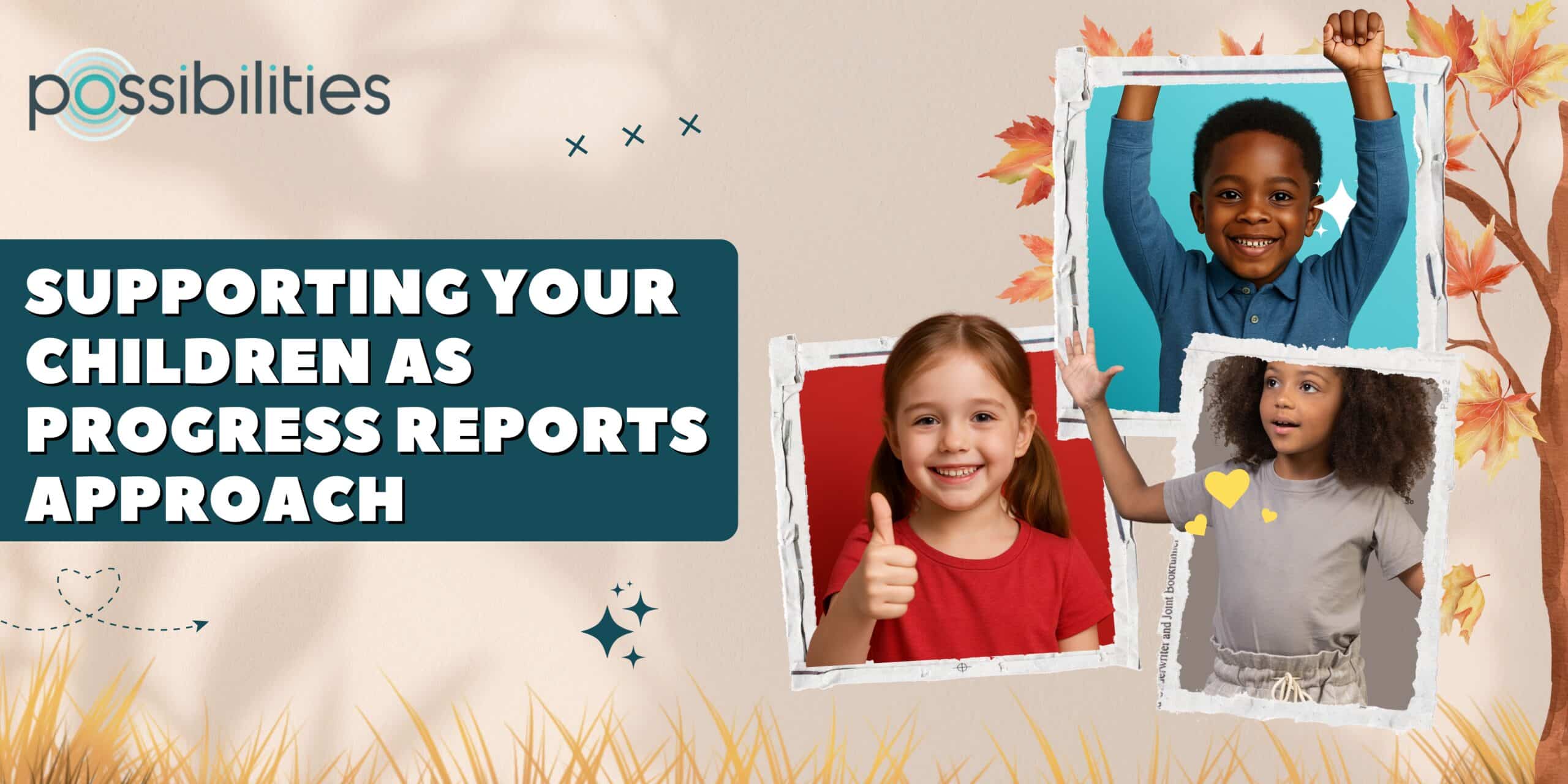Sensory diets have become a valuable tool for supporting individuals with ADHD in achieving their full potential. Unlike traditional diets, a sensory diet isn’t about what foods you should eat, but rather about incorporating sensory strategies to help regulate emotions and enhance daily functioning. At the Possibilities Clinic our Occupational Therapists (OT) offer an OT Sensory Diet Service designed to empower children, teens, and adults to become “sensory smart” in their daily lives. This service helps clients identify their sensory needs and allows them to work collaboratively with the OT to create a Sensory Diet tailored to their preferences and goals.
Here are 8 examples of sensory-based recommendations for individuals with ADHD to try out:
- Sensory Breaks: Incorporate short breaks with movement or sensory activities to improve focus and self-regulation. These breaks can include: short nature walks, wall push-ups, deep breathing exercises).
- Weighted Tools: Use weighted blankets or lap pads for calming deep pressure input during seated tasks.
- Fidgets: Provide discreet fidget toys, such as stress balls or textured pencils, to aid focus and reduce fidgeting during quiet activities or while listening in class.
- Relaxation Techniques: Teach mindfulness or progressive muscle relaxation for emotional regulation.
- Visual Schedules: Implement visual schedules or task organizers to enhance executive functioning and task completion.
- Quiet Corners: Create designated quiet spaces for individuals to retreat and self-regulate when needed.
- Calming Music: Play calming background music or use noise-cancelling headphones to reduce auditory distractions.
- Swinging: Engage in swinging activities to provide rhythmic vestibular input for calming and regulation.
Please click here to learn more about our OT Sensory Diet for Kids, Teens and Adults. If you have any questions or would like to book an appointment, please contact the clinic at:
Email: info@possibilitiesclinic.com
Tel.: 1-833-482-5558











